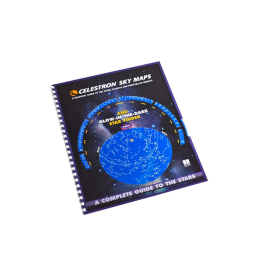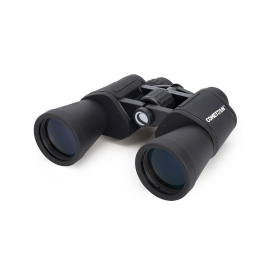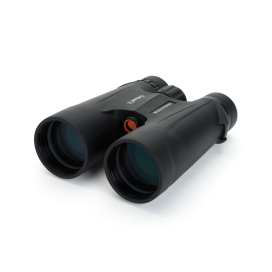
You’ve probably heard a lot about the stars and constellations but may not know a lot about them. It can be a difficult and daunting prospect to learn the different facets of a new hobby, so with that in mind, we’d like to help you with our list of the top 10 fun things you need to know about constellations.
#1 - 48 Constellations Have Been Known Since Ancient Times
In the 2nd century AD, the Greek astronomer Ptolemy listed 48 constellations in his Almagest. These constellations (now known as the classical constellations) typically depicted animals, creatures, and figures from Greek mythology, which, in turn, were sometimes based upon myths and legends from pre-existing cultures. For example, Hercules has been linked to the Sumerian hero Gilgamesh, while the constellation Taurus had been identified as a bull for thousands of years before Ptolemy’s time.
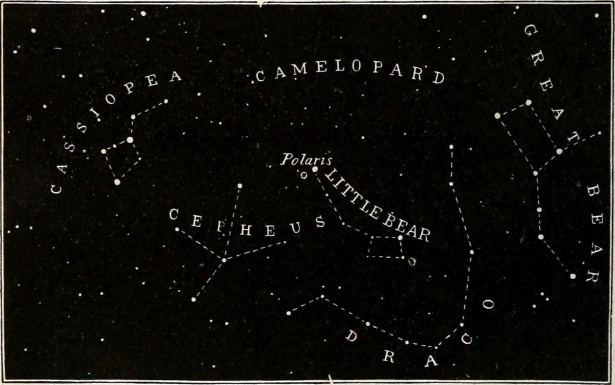
#2 - 44 Constellations Were Created in the Past 500 Years
Thanks to the location of Greece on the Earth, most of the original classical constellations are best seen from the northern hemisphere. When 15th-century explorers started to venture into the southern hemisphere, they not only found strange lands, but also a sky full of unfamiliar stars invisible from more northerly latitudes.
As a result, these explorers created new constellations, but with no new myths and legends to base them on, they represent a wide range of birds, animals, and objects found in the modern world. This list of modern constellations, therefore, includes everything from a lizard, giraffe, and a toucan to an octant, painter’s easel, and the almost obligatory telescope!
#3 - Some Constellations No Longer Exist
As you might expect, there have been a lot of new constellations over the years, but not all of them have survived. Astronomers, scientists, and cartographers would often create a constellation and include it in a star chart, but unless the constellation became popular and adopted by the astronomical community, they would often vanish into obscurity.
For example, there are three constellations that depict dogs, but Felis, the Cat, lost his nine lives some time ago. Frederici Honores (“Frederick’s Glory”) was named for Frederick the Great of Prussia, but apparently, others didn’t rate the constellation so highly.
Similarly, the large constellation Argo Navis, which represented the ship that carried Jason and his Argonauts on their quest, was broken up into its component parts. The only surviving reference to Quadrans Muralis, the Mural Quadrant, is in the name of the Quadrantid meteors, as they appear to originate from where the now-defunct constellation once was.
#4 - Different Cultures Have Different Constellations
With so many cultures and civilizations developing across the world, it only stands to reason that they would each have their own constellations. We know the constellation Orion as a hunter, but the ancient Babylonians knew him as a shepherd and the Egyptians identified him as the god Sah. Meanwhile, the Chippewa Native Americans called him The Winter Maker (due to his appearance at the start of that season) and in India, the stars of Orion represented a deer.
#5 - There Are Now 88 Officially Recognized Constellations
With different constellations being known by different people, countries, and cultures around the world, it became apparent that the astronomical community needed to determine a standardized list of constellations that everyone could reference. Otherwise, it would be confusing if one astronomer referred to an object in a constellation that others weren’t familiar with.
This didn’t happen until 1922 when the International Astronomical Union formally ratified the 88 constellations we know today. However, it was another six years before the boundaries of those constellations were defined, providing astronomers with the criteria needed to clearly identify the home constellation of every object in the sky.
#6 - There Are 12 Constellations in the Zodiac - Officially
Largely thanks to astrology, almost everyone is familiar with the 12 “signs” (aka, constellations) of the zodiac. The zodiac is loosely defined as being the constellations through which the Sun, Moon, and planets appear to move.
The path they follow is called the ecliptic, but this path also cuts through Ophiuchus, the Serpent Bearer. Located between Scorpius and Sagittarius, there’s more of the ecliptic passing through Ophiuchus than Scorpius. While this has been the case for thousands of years, you’ll still see some stories online that claim NASA has “discovered” a 13th sign!
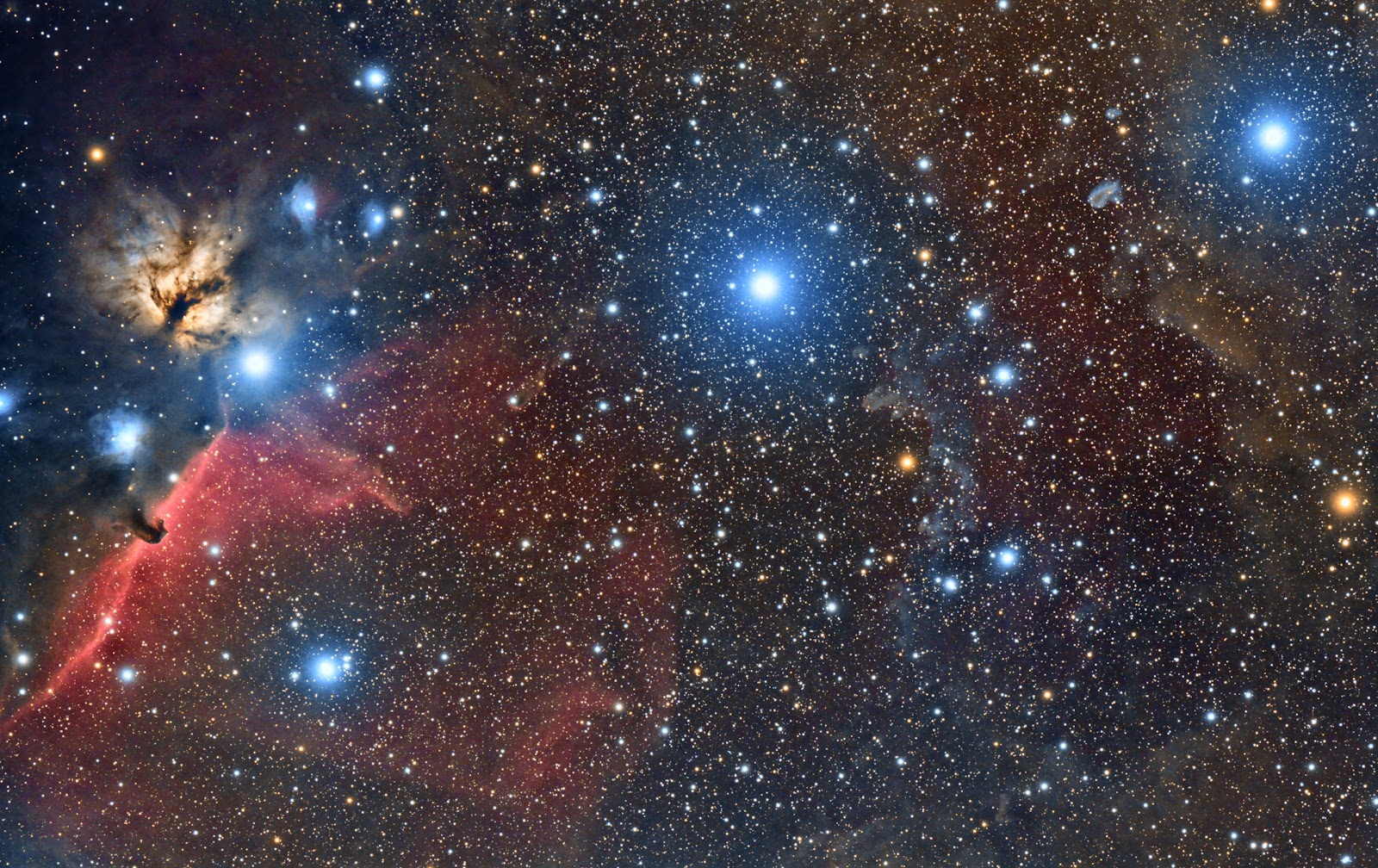
#7 - Orion Has the Brightest Stars
It’s difficult to say which constellation (if any) is the brightest, as you’d have to assess the brightness (or, magnitude) of each star and then calculate the average. However, if you consider the 50 brightest stars in the sky, then Orion is home to five of them - more than any other constellation.
Unfortunately, not all constellations are so easily seen. There are 36 constellations with no stars brighter than magnitude 3, which means they’re all but invisible from suburban skies. Of these, arguably the faintest is the modern constellation Mensa, the Table Mountain. Its brightest star is only magnitude 5.1, placing it at the edge of naked-eye visibility - but you’ll need to be under dark skies to identify it!
#8 - The Largest Constellation is Hydra
When the IAU defined the boundaries of the constellations in 1928, it also set in stone the amount of sky each constellation covered. When measured in degrees, the largest constellation is Hydra, the Female Water Snake, which covers 1,303 square degrees of sky.
The head of the snake can be found below Cancer, the Crab, a constellation best seen in late winter and early spring. Its body then stretches eastward, with its tail beneath Virgo, the Maiden, the second-largest constellation, best seen in late spring and early summer. In fact, the only time when you’re not able to see anything of the snake at all is during the autumn!
#9 - The Smallest Constellation is Crux
If there’s a largest constellation, then it stands to reason that there must also be a smallest constellation. That honor belongs to Crux, the Southern Cross, and as its name implies, it can be found in the southern hemisphere.
Despite its size - just 68 square degrees, or roughly 20 times smaller than Hydra - Crux stands out due to the four stars that form the distinctive cross-shape that gives the constellation its name. All four rank among the 150 brightest stars in the sky, placing Crux itself within the Top 10 list of brightest constellations. It’s also home to NGC 4755, the Jewel Box Cluster, a stunning collection of stars that any northern constellation would be proud to call its own!
#10 - The Big Dipper is Not a Constellation
This last fun fact might come as something of a surprise… the Big Dipper is not a constellation! The seven stars that form the dipper are actually the seven brightest stars in the constellation Ursa Major, the Great Bear. The Big Dipper is actually an asterism, which is a group of stars that have a familiar shape.
Since constellations are also groups of stars that have a familiar shape, they are also asterisms. However, while all constellations are asterisms, not all asterisms are constellations! As we know, there are only 88 officially defined constellations, but the fun thing about asterisms is that anyone, anywhere can make up their own. Go outside tonight and take a look for yourself!
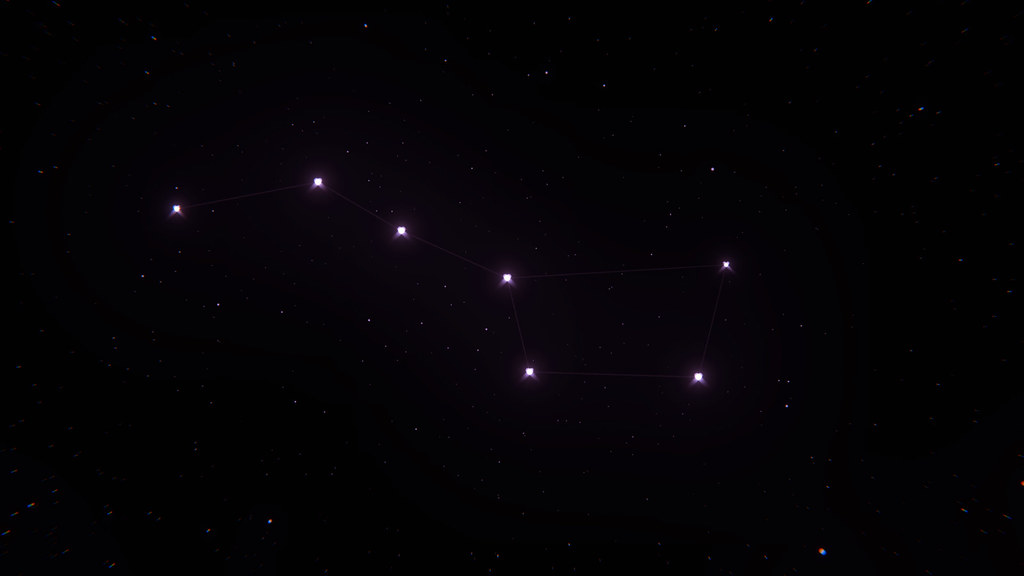

Questions? Contact Us!
If you are interested in amateur astronomy and trying to locate the constellations, allow our team to point you in the right direction! Contact us today with your astronomy-related questions.
This Article was Last Updated on 08/18/2023





